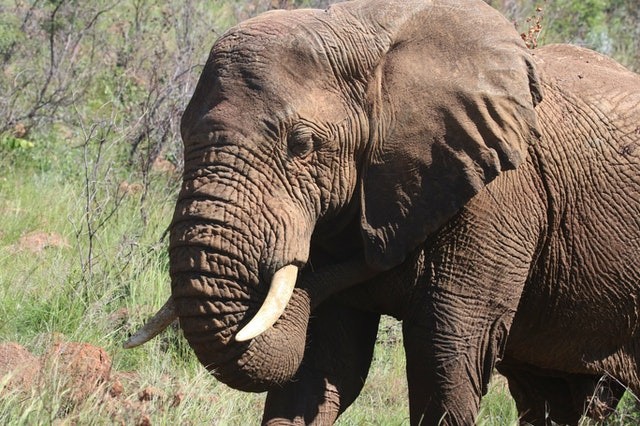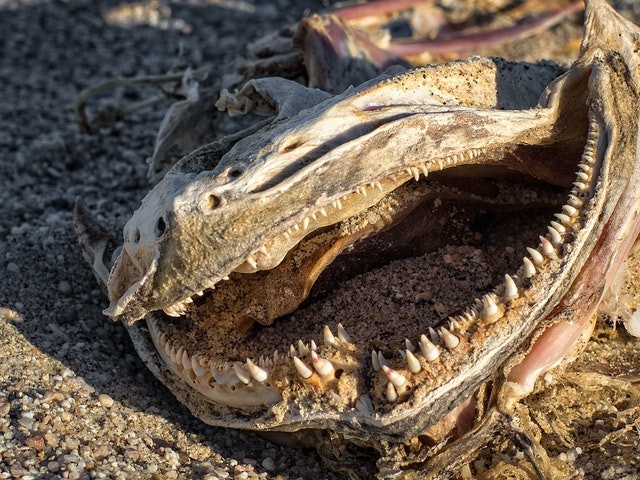A mammoth tooth discovered from the Siberian permafrost results in the oldest DNA yet uncovered and gives insight into the evolution of the massive beasts.
Genetic substance removed from a 1.2-million-year-old mammoth tooth is the recent record holder for the world's most ancient DNA.
Scientists from Sweden, in the Centre for Palaeogenetics, have examined the DNA and decided that it arrived from an earlier unknown kind of mammoth that has now been named the Krestovka mammoth.

The Columbian Mammoths
The Krestovka mammoth is dubbed after the region of Russia in which it was discovered where it had been concealed in the Siberian permafrost for over a million years.
This recently observed species of mammoth fills the gap between the Columbian mammoths that populated North America and older Siberian steppe mammoths.
Research released in the peer-reviewed journal on February 17, 2021, attributes the oldest DNA findings in the mammoth, which would have roamed the earth before the existence of the Neanderthals or even humans.
The former record holder for the oldest genomic data regained was from a horse dated roughly 780,000 years ago.
The Three Ancient Mammoths
Three ancient mammoths were found in the 1970s, inside the Siberian permafrost.
A new examination of the specimens disclosed the eldest of the three to have lived 1.2 million years ago. These beasts would have survived during the time of Middle Pleistocene, also known as the Chibanian.
Researchers acknowledge that the Krestovka mammoth must have been separated from the elder Siberian steppe mammoths over 2 million years ago.
This is the initial evidence ever discovered of a distinct genetic lineage from the steppe mammoth. The center for Paleogenetics lead author of the research Tom van der Valk explained that "this arrived as a total shock to us."
All previous research has suggested that there were solely one species of a mammoth in Siberia then, named the steppe mammoth.
But the DNA surveys now reveal that there were two different genetic lineages, which where cited as the Krestovka mammoth and the Adycha mammoth.

Genome of Mammoths
Researchers thinks the recently spotted Krestovka mammoths gave half of their DNA to North America's Columbian mammoth, while furry mammoths gave the other half. That renders the Columbian mammoth a hybrid of the two earlier types of a mammoth.
By correlating the genome of mammoths for more than a million years, scientists have been able to examine the passive evolution and changes to life in cold Arctic conditions.
The gene variants such circadian rhythms, cold tolerance, hair growth, fat deposits, and thermoregulation were already existing in the earlier mammoths
Scientists are striving to sometimes find DNA from other long-lived animals, likely from as long as 2.6 million years ago. Age is a barrier, where scientists will slam a fence that's when permafrost began. It wouldn't have been cold enough earlier than 2.6 million years ago to conserve the type of samples that are now being recovered.
Related Article : The Merits of Using DNA to Revive Extinct Animals and Plants
For more news, update about mammoths and similar topics don't forget to follow Nature World News!
© 2025 NatureWorldNews.com All rights reserved. Do not reproduce without permission.





